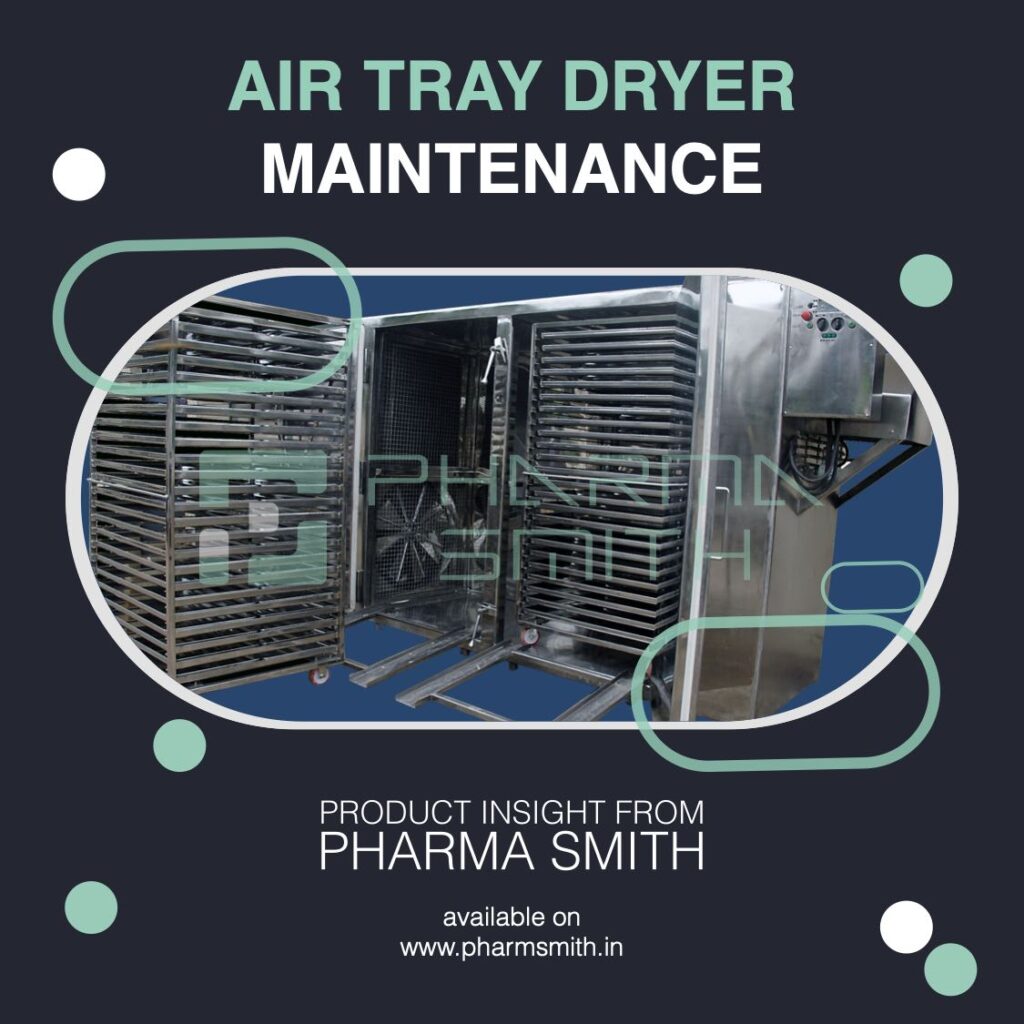Air tray dryers are indispensable tools in the pharmaceutical and food processing industries, offering efficient and uniform drying of granulated powders, fruits, and vegetables. While these versatile machines simplify drying processes, regular maintenance is crucial to ensure optimal performance and longevity. In this article, we’ll delve into the best practices for operating and cleaning air tray dryers, helping you maximize efficiency and minimize downtime.
Operation Best Practices:
Operating an air tray dryer efficiently begins with proper setup and adherence to specific procedures to achieve the desired drying results.
Pre-Operation Checklist:
Ensure the dryer is clean and free from any residual material.
Verify that the main switch is turned off to prevent any mishaps.
Loading and Setup:
Place the materials to be dried onto the trays, ensuring even distribution.
Close the dryer door securely to maintain the internal temperature and airflow.
Temperature Settings:
Set the temperature as recommended in the Batch Manufacturing Record (BMR) to achieve optimal drying results.
Starting the Dryer:
Turn on the electrical supply, followed by the blower and heater, to initiate the drying process.
Monitoring and Timing:
Run the dryer for the prescribed duration to achieve the desired degree of drying, monitoring the process to ensure uniform drying across all trays.
Cleaning Best Practices:
Regular cleaning is essential to maintain hygiene, prevent cross-contamination, and ensure the longevity of the air tray dryer.
Post-Operation Cleaning:
Switch off the tray dryer and replace the “under use” label with a “to be cleaned” label.
External Cleaning:
Use a dry duster to remove dust and debris from the dryer cabinet to maintain a clean exterior.
Tray Cleaning:
Remove all trays and inspect for any residual material.
Clean each tray with potable water, followed by scrubbing with a nylon scrubber and a suitable surfactant like a 0.1% Teepol solution.
Rinse each tray thoroughly with 5 liters of potable water, followed by 3 liters of purified water to remove any cleaning agents.
Drying:
Remove excess water from the trays using a compressed air blower.
Dry all trays with a lint-free cloth to ensure they are completely dry before storage.
Proper maintenance is the key to ensuring the optimal performance and longevity of air tray dryers. By following the best practices outlined above for both operation and cleaning, industries can maximize efficiency, maintain product quality, and extend the lifespan of their air tray dryers. Incorporating these practices into your maintenance routine will not only enhance performance but also contribute to a safer and more productive working environment.
